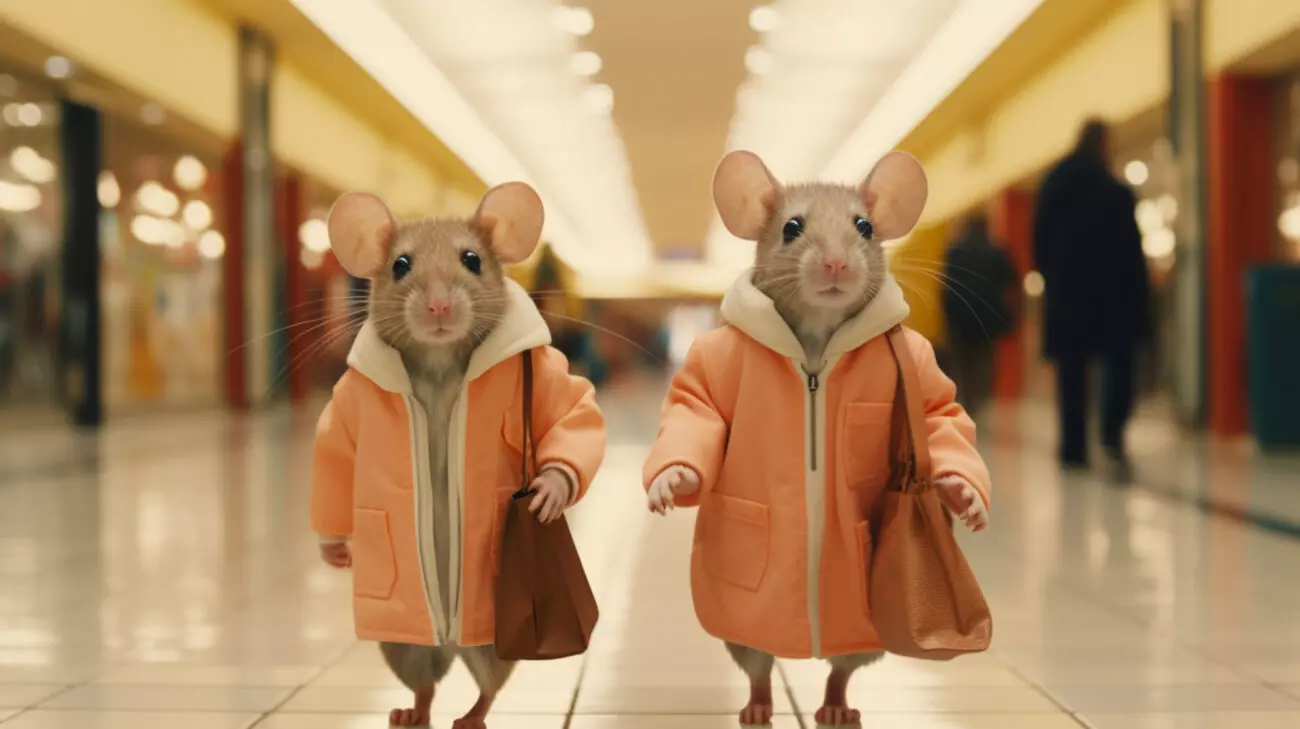
Who would have thought that a common field mouse, sometimes seen in city parks, could tell a true detective story about life in the big city? Scientists from the Institute of Ecology and Evolution of the Russian Academy of Sciences conducted a genetic study to determine how Moscow influences the populations of these animals. The results were unexpected and very important not only for biologists but for all city residents.
The field mouse isn't a permanent resident of human homes like the brown rat, but it thrives in the city's green spaces: parks, gardens, and forest parks. Scientists studied the DNA of mice from five Moscow parks—from the central Neskuchny Garden to more peripheral ones, such as Bitsevsky Forest Park—and compared them with their counterparts in the Moscow region.
It turned out that life in the big city leaves its mark on the mice's genetic makeup. The population from Neskuchny Garden turned out to be the most unique and at the same time the most isolated. This park, although centrally located, is surrounded by dense construction and highways, creating a kind of "island" for the mice. Their genetic diversity is lower than that of their neighbors from other areas. This is similar to the situation where a small group of people lives isolated from others for a long time—their gene pool becomes unique.
Mice from large parks on the outskirts of the city, such as Bitsevsky Forest Park, showed the greatest genetic diversity. This suggests that they maintain connections with other populations, possibly moving along "green corridors."
The most interesting thing is that the pattern revealed by "neutral" genes (those that do not influence survival) differs from that demonstrated by genes responsible for immunity. This means that the urban environment is not just a barrier, but a powerful evolutionary factor that forces species to adapt. Mice in Moscow not only survive, but actively adapt to new conditions: high-calorie food from garbage bins, the warmth of the urban environment, and, likely, new diseases.
And here we come to the most important point. The field mouse is not just a harmless animal. It carries several diseases dangerous to humans, such as hemorrhagic fever with renal syndrome, leptospirosis, and tularemia. Therefore, understanding how urban field mouse populations live and develop is a matter of our safety.
The study showed that the situation with field mice in Moscow is, fortunately, closer to the "urban facilitation" model, where populations maintain contact with one another, rather than complete isolation and decline. But this is no reason to relax. Scientists insist on the need for constant monitoring of these rodents. After all, the more we know about our small neighbors, the better we can manage risks and maintain ecological balance in this vast city.
So next time you're walking through the park and spot a field mouse, know this: you're not just seeing a rodent, but a true city dweller whose genetic history can reveal much about Moscow's past, present, and future.
The study was published in the Russian Journal of Biological Invasions.
Related materials:
EcoPortal: "Mouse Genome: How City Life Changes Rodents' DNA"
ProZhukovsky: "Mouse Genome: Scientists Find Differences Between City and Regional Environments"
